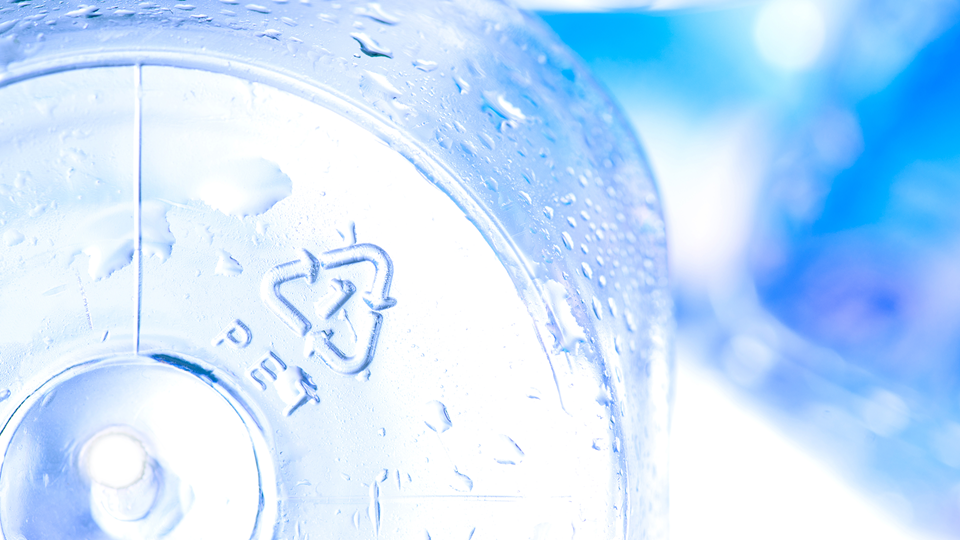Why and how was the pet bottle first invented? Who Invented the Pet Bottle?
One of the only reasons why plastic bottles (also known as pet bottles) are so popular compared to glass bottles is that they are cheaper and more durable than glass bottles.

Nathaniel Wyeth (1911-1990), an engineer from the United States, worked on the plastic bottle for almost a decade. When a colleague asked him if plastic could be used to store carbonated beverages like Coca-Cola, his friend told him that the bottle could burst. Early experiments by Wyeth showed that carbonated beverages cause yawning on plastic bottles. Of course, the plastic used at that time was not hard enough. However, the plastic could be strengthened even more if the strings of molecules that make up the plastic were tightly knitted with each other. Wyeth knew that nylon becomes tougher when its molecules are stretched and realigned. In light of this knowledge, he invented a predetermined mold by mixing plastic with nylon.
Nathaniel C. Wyeth (October 24, 1911 – July 4, 1990) was an American mechanical engineer and inventor. He is best known for creating a variant of polyethylene terephthalate that could withstand the pressure of carbonated liquids. Made of recyclable PET plastic, lighter than glass and virtually unbreakable, Wyeth's invention is used widely today for both carbonated and non-carbonated drinks. Nathaniel Wyeth joined DuPont in 1936 as a field engineer. By 1963 he was the company's first engineering fellow and when he retired in 1976, was DuPont's first senior engineering fellow, the company's highest technical position.
The molten plastic was poured into a bottle-shaped mold and when air was pressed into it, it took the shape of the plastic mold. However, the first attempts were unsuccessful. It is known that Wyeth made over 10,000 attempts to solve this problem, which he called the "exploding bottle problem". As a result of his trials, Wyeth gave up using the nylon and polypropylene blend he had used until then and decided to use the polypropylene-terphalate (PET) blend instead. It was 1973 when he made this decision. PET was very flexible and durable as well. Its completely transparent structure made it possible to see the beverage inside, and moreover, the resulting product was completely recyclable.
The sparkling beverage industry, which was booming at that time, quickly adopted Wyeth's PET bottles. So much so that in the 25 years that passed since the production of plastic bottles produced in 1973, ten billion plastic bottles began to be produced annually.
Did you know that nearly half of the polyester rugs produced in the United States are made from recycled plastic bottles?
